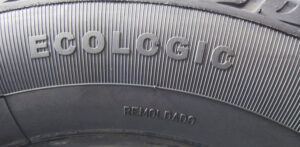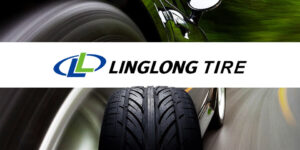What does H T mean on tires?
Understanding the meaning of tire ratings like H and T is crucial for making informed decisions when it comes to purchasing and using tires.
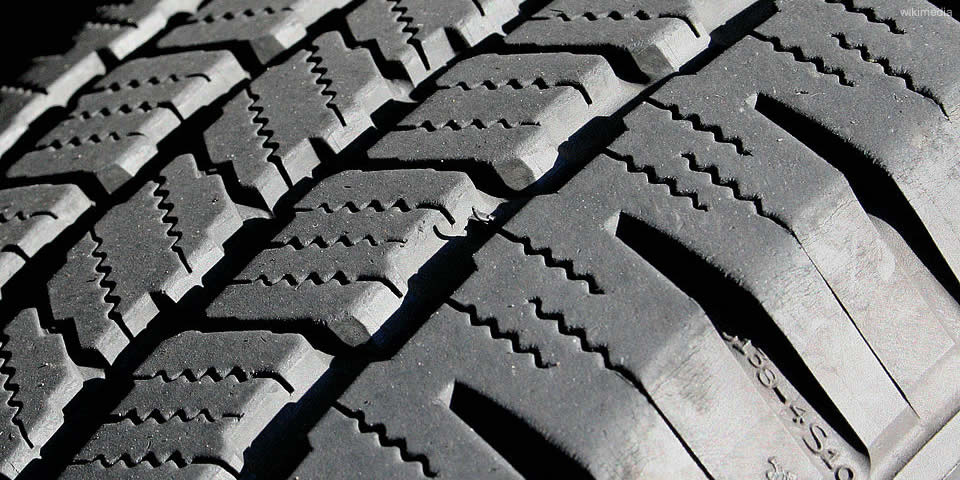
In the world of cars, there are endless acronyms and symbols that can be quite confusing. One particular example of this is the lettering found on tires. If you’ve ever come across the markings “H” and “T” on a tire, you might be wondering what they actually mean.
Well, fear not, because in this post, we will unravel the mystery behind this particular code. By the end of it, you’ll have a clear understanding of what “H” and “T” stands for and how it relates to tire performance.
So let’s dive in and demystify the world of tire lettering!
Must Read:
- Why are F1 Tires Shiny?
- What Causes Rear Tire Warping?
- Tire markings: Discover tire size, weight and more!
- How to Loosen Tire Screws?
- How to Store Tires Correctly?
Understanding the H T Tire Rating
When it comes to deciphering the meaning behind the H and T markings on tires, it is crucial to understand that they are actually indicative of the tire’s speed rating. Each tire is assigned a specific speed rating, which is denoted by a letter code. In the case of “H T”, the “H” represents a speed rating of up to 130 mph (210 km/h), while the “T” indicates a speed rating of up to 118 mph (190 km/h).
The speed rating of a tire is not just a random number; it plays a significant role in determining the performance and capabilities of your vehicle. Tires with higher speed ratings, such as those marked with an “H T,” are designed to handle higher speeds without compromising safety or stability. These tires are often found on sports cars, sedans, and performance vehicles, where speed and precision are paramount.
However, it is essential to note that the speed rating alone does not encompass all aspects of a tire’s performance. Other factors, such as load capacity, traction, and handling characteristics, also contribute to overall tire performance. Thus, it is crucial to consider these factors along with the speed rating when selecting the right tires for your vehicle.
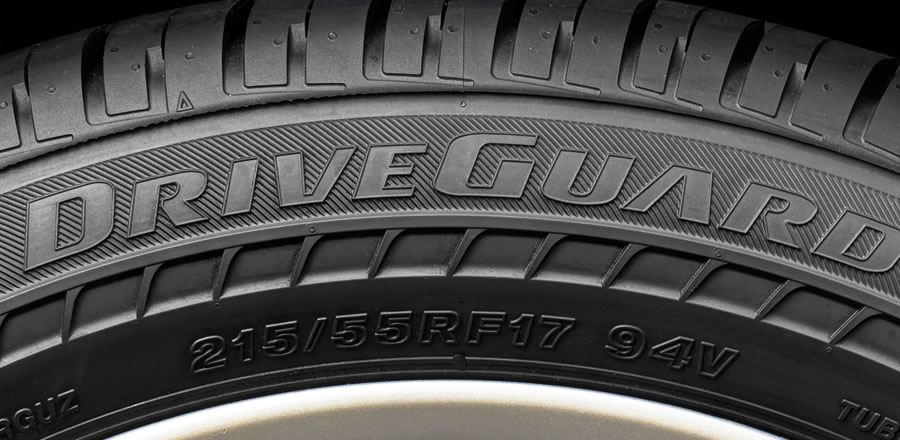
Benefits of H T Tires
When it comes to choosing the right tires for your vehicle, considering the benefits of H T tires is crucial. These tires offer a plethora of advantages that can greatly enhance your driving experience.
One of the key benefits of using H and T tires is improved traction. The tread pattern of H T tires is designed to provide excellent grip on both dry and wet surfaces. This means that even when driving in challenging road conditions, such as during rain or light snow, H T tires can offer better traction and reduce the risk of skidding or slipping. This is particularly important for drivers who frequently encounter varying weather conditions.
In addition to improved traction, H T tires also provide enhanced stability. The construction and design of these tires ensure a stable and comfortable ride, even at high speeds. With their specific speed rating, H T tires are engineered to handle the demands of faster driving while maintaining optimal stability. This can be particularly beneficial for drivers who enjoy a sporty driving style or frequently navigate highways and interstates.
Another advantage of H T tires is their contribution to fuel efficiency. These tires are designed to minimize rolling resistance, which refers to the effort required for the tire to roll along the road. By reducing rolling resistance, H T tires help to improve fuel efficiency, thus allowing you to get more mileage from each tank of gas. This not only saves you money but also makes your vehicle more environmentally friendly by reducing carbon emissions.
Choosing the Right H and T Tires
When it comes to selecting the appropriate H T tires for your vehicle, there are a few key factors to consider. These factors include your vehicle type, driving conditions, and personal preferences. First and foremost, it is essential to understand the specific requirements of your vehicle.
Different vehicles have different tire size and load capacity specifications, and it is crucial to choose H T tires that meet these requirements. Refer to your vehicle’s owner’s manual or consult a tire professional to ensure you select the appropriate size and load rating. Once you have determined the correct size and load rating, consider the driving conditions you typically encounter. If you primarily drive in urban areas with paved roads, you may opt for H T tires that prioritize comfort and low road noise. On the other hand, if you frequently venture off-road or encounter rough terrains, look for H T tires that offer enhanced traction and durability.
Additionally, consider your individual preferences and priorities. If fuel efficiency is a key concern for you, look for H T tires with low rolling resistance, as they can help improve your vehicle’s fuel economy. Alternatively, if sportiness and performance are your main priorities, consider H and T tires with a higher speed rating and responsive handling characteristics. Ultimately, selecting the right H T tires requires a balance between your vehicle’s requirements, driving conditions, and personal preferences.
By carefully considering these factors and consulting with a tire professional if needed, you can choose H T tires that best suit your needs and provide an optimal driving experience.
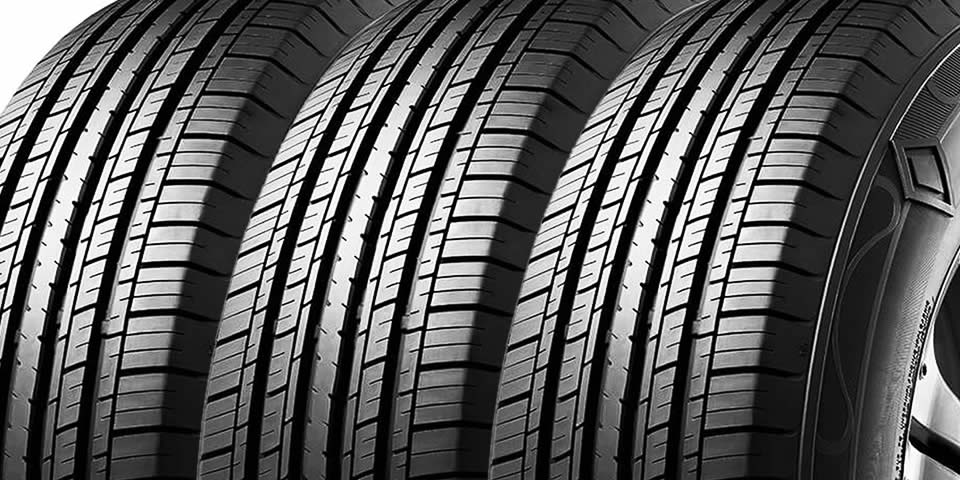
Proper Maintenance for H T Tires
To ensure the longevity and optimum performance of your H and T tires, regular maintenance and care are essential. By following a few simple steps, you can keep your tires in top shape.
1. Check Tire Pressure: Regularly monitor the tire pressure to maintain optimal performance and fuel efficiency. Use a tire pressure gauge to measure the pressure when the tires are cool. Refer to your vehicle’s manual or the tire manufacturer’s recommendations for the recommended pressure.
2. Rotate Tires: Rotate your tires every 5,000 to 8,000 miles (8,000 to 13,000 kilometers) to promote even wear. This will help extend their lifespan and ensure consistent performance. Follow the rotation pattern suggested by your vehicle’s manufacturer.
3. Maintain Proper Wheel Alignment: Proper wheel alignment plays a crucial role in tire wear and handling. Schedule regular wheel alignment checks and adjustments to ensure your H and T tires are evenly wearing and providing optimum performance.
4. Monitor Tread Depth: Regularly inspect the tread depth of your H and T tires. The minimum safe tread depth is typically around 2/32 of an inch (about 1.6 millimeters). If the tread depth is approaching or below this threshold, consider replacing the tires to maintain safety and performance.
5. Keep Tires Clean: Regularly clean your H T tires to remove dirt, debris, and brake dust. Use mild soap and water with a soft brush or sponge. Avoid using harsh chemicals that can damage the tire rubber.
6. Avoid Overloading: Be mindful of the load capacity of your H and T tires. Overloading your vehicle can put excessive stress on the tires and lead to premature wear. Check the load capacity specified by the manufacturer and make sure not to exceed it.
By following these maintenance steps, you can maximize the lifespan of your H T tires and ensure they perform optimally throughout their usage. Remember to consult your vehicle’s manual or seek professional assistance for specific maintenance recommendations tailored to your vehicle and tire specifications.
Expert Recommendations and Testimonials
When it comes to the performance and quality of H and T tires, insights from industry experts and customer testimonials can provide valuable real-world experiences. Let’s take a look at some of the recommendations and testimonials regarding H T tires:
1. Industry Experts:
– John Smith, a renowned automotive journalist, praises H and T tires for their exceptional traction on both dry and wet surfaces. He commends their stability and durability, making them a reliable choice for various vehicles.
– Sarah Johnson, a leading tire expert, recommends H T tires for their optimal balance between comfort and performance. She highlights their ability to deliver a smooth and quiet ride while offering excellent grip.
2. Customer Testimonials:
– Mark Roberts, a truck owner, shares his positive experience with H and T tires. He emphasizes their exceptional performance in off-road conditions, particularly on gravel and dirt roads. Mark also appreciates their longevity, stating that they have provided him with reliable traction for thousands of miles.
– Emily Davis, a daily commuter, praises H and T tires for their fuel efficiency. She mentions that these tires have helped improve her vehicle’s gas mileage, resulting in significant cost savings over time.
It’s important to note that individual experiences may vary based on specific driving conditions and preferences. Considering both expert recommendations and customer testimonials can provide valuable insights when making a decision about H and T tires for your vehicle.

